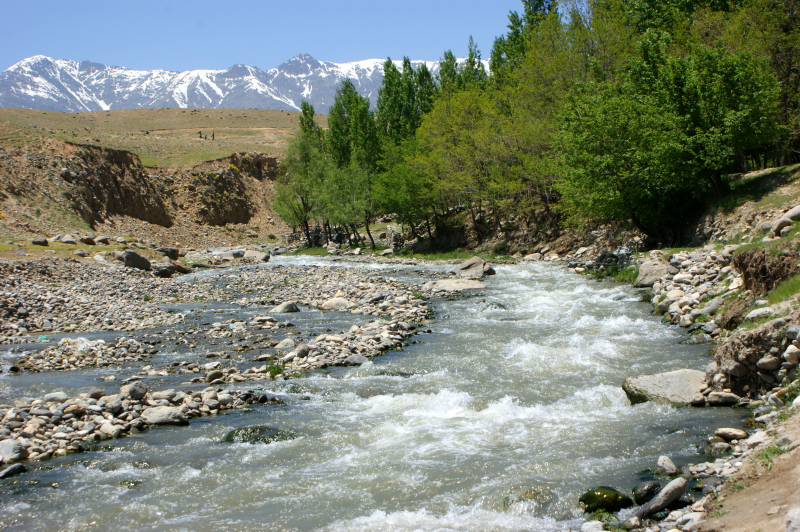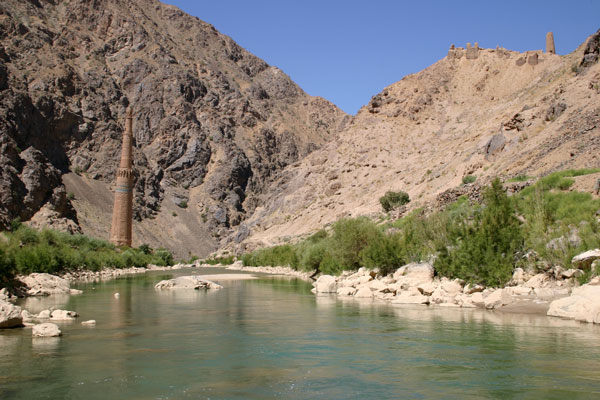Hari

The Hari River gets its water from the western slopes of the Selseleh-ye Kuh-e Baba Range in Central Afghanistan, which are outliers of the Hindu Kush Mountains. The river then runs west via Chaghcharan and Herat, an old city, before turning north and disappearing into the Karakum Desert. The Jam River meets the Hari River near the Minaret of Jam, some 120 kilometers upstream from Herat. The Hari River, with a length of 684 miles, supplies water for irrigation of some of Afghanistan's rich fields. The Afghan-India Friendship Project is a hydropower and irrigation dam built-in Heat Province. The river was known in history as the River Sarayu, and it served as a sacred location where Buddhist monks resided and prayed.
Rigveda is supposed to have documented the Harirud as the River Sarayu, according to Western non-Hindu sources. The genuine Sarayu, on the other hand, originates in the Tibetan glaciers near Mt Kailash in the Indian state of Uttar Pradesh. Before entering India, it runs via Nepal. The Avesta also mentions the Haroyu River. During the earliest years of Buddhism's dominance, a Buddhist monastery hand-carved into the bluff of the river Harirud existed. The man-made caverns revealed evidence of Buddhist monks' daily lives.
Total Length: 684 miles









